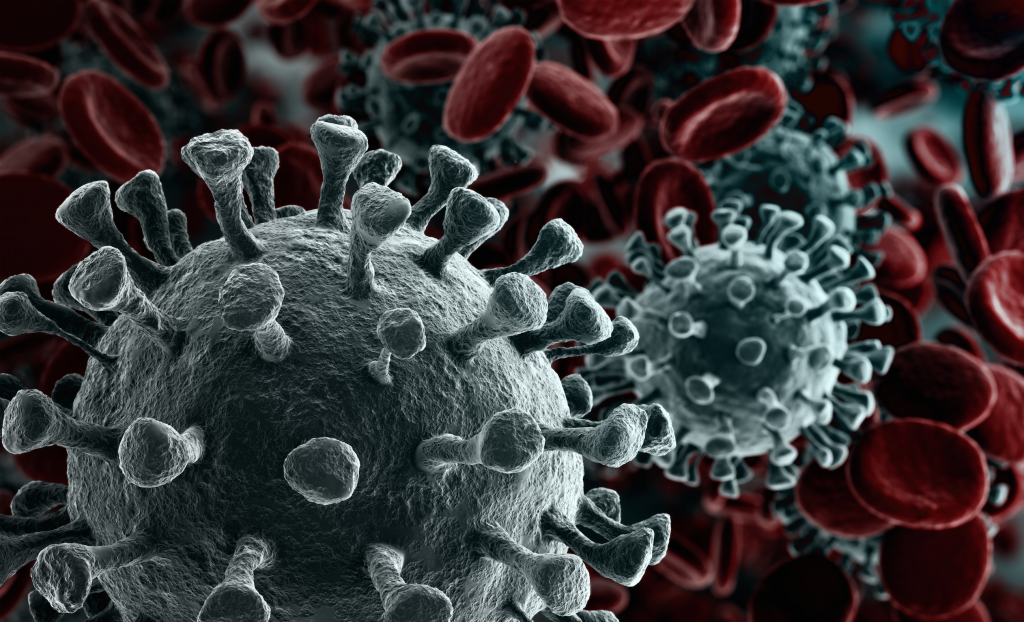Coronavirus (COVID-19) has spread across the globe at a rapid pace.
To date, over 25million people have been confirmed with the virus and over 850,000 have died.
In spite of this, China is on the cusp of controlling the virus and has recorded just 3 deaths per 1 million people. One of the lowest in the world to date.
In this article, we take a closer look at China’s government approved treatment strategy using Chinese medicine and antiviral drugs.
What is Coronavirus (COVID-19)
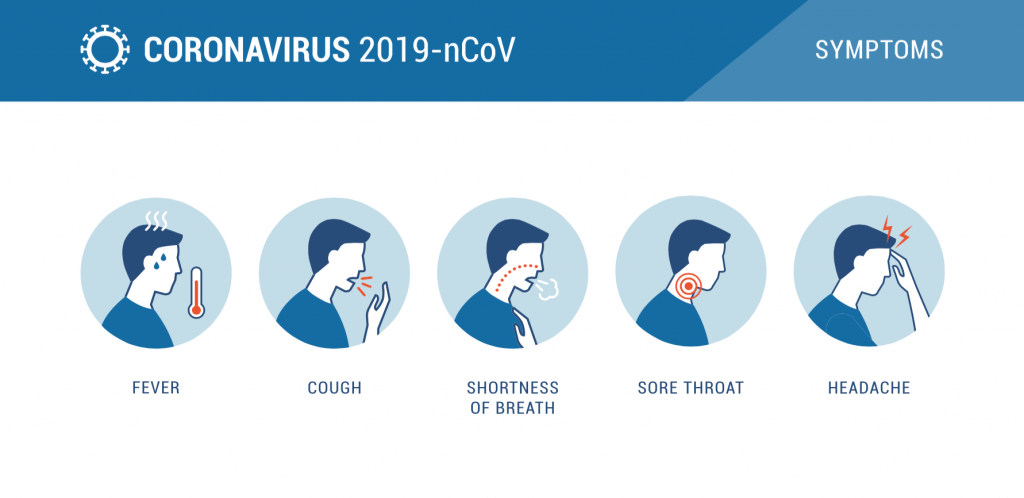 Coronavirus is the name given to a family of viruses that lead to respiratory infections ranging from the common cold to full blown pneumonia.
Coronavirus is the name given to a family of viruses that lead to respiratory infections ranging from the common cold to full blown pneumonia. - Fever
- Flu like coughing
- Sore throat
- Fatigue
- Shortness of breath
How Does COVID-19 Spread?
There’s evidence showing that COVID-19 is highly infectious.
It’s been reported to spread via human to human contact, droplets carried via sneezing or coughing or touching objects touched by infected people.
Therefore, it’s important to be diligent with our hygiene over the coming months.
This includes:
- Regularly washing our hands with soap
- Covering our mouth when coughing
- Covering our nose when sneezing
- Ensuring fresh air circulates in our working/home environment.
China’s Primary Treatment Strategy
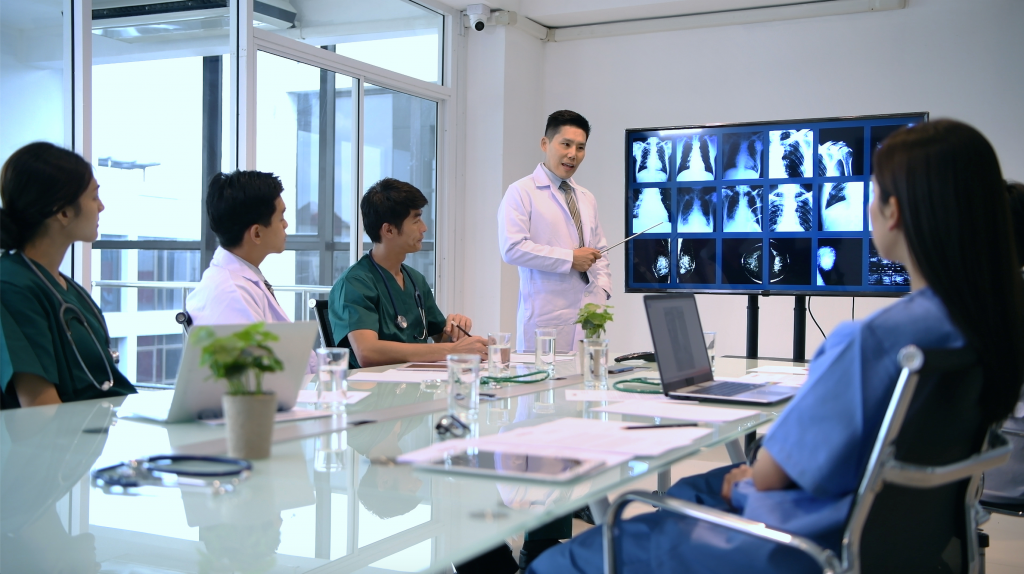
As the epicentre of COVID-19 (Wuhan) went into lockdown, China’s experience with past epidemics prompted China’s National Health Commission to implement a combined treatment plan using traditional Chinese Medicine and anti-viral drugs.
In fact, all medical institutions in Wuhan were told that infected patients MUST be prescribed Chinese medicine before the 3rd of Feburary.
Following the orders of the National Health Commission, the medical unit of Wuhan’s prevention and control headquarters reported the successful use of Chinese Medicine for pneumonia caused by COVID-19.
Reports From Officials
In Beijing, a spokesman for the Beijing Health Commission, Gao Xiaojun said, “Chinese medicine has made a significant contribution.
“Chinese medicine plays an active role in improving the recovery rate and lowering the mortality rate among patients,” he said at a press conference.
According to him
“The efficacy of Chinese herbal medicines in his hospital is 87.5 per cent. This rose to 92.3 per cent with the addition of antiviral drugs”.
Over at Beijing’s Ditan Hospital, the director of the integrative medicine department, Wang Xianbo, said 90% of their COVID-19 cases were receiving Chinese medicine.
Also, Xu Nanping, a vice minister of science and technology estimated 87% of patients were been treated with a combination of Chinese herbal medicine and antivirals.
It’s this combined approach of Chinese medicine and antiviral drugs that produced the first group of patients discharged from any hospital in China.
Chinese Medicine In 320 Epidemics

It’s during these challenging times that doctors of Chinese medicine have accumulated valuable knowledge and experience.
Examples have been recorded in the Huang di nei jing (Huang di’s internal classic), a famous medical text that details the use of Chinese medicine in the prevention and treatment of infectious diseases.
More recently, the SARS virus of the early 2000’s called upon Chinese medicine for help, which is where it caught the attention of the World Health Organisation (WHO).
In response to the support Chinese medicine provided against the SARS virus, the WHO ran a number of trials on Chinese medicine for infectious diseases.
From 13 reports, they found promising results:
- TCM has accumulated rich clinical experience and rational knowledge relating to the treatment of acute virus infectious diseases
- The alleviation of lung inflammation was clearly better in the integrated treatment group than in the group treated with Western medicine alone.
- Treatment with integrated TCM and Western medicine was superior to Western medicine alone in alleviating inhibition of cellular immunity and ameliorating absorption of pulmonary inflammation
- TCMs have good curative effects in allaying fever, restoring lymphocyte levels and improving absorption of inflammation.
- TCM can significantly reduce the cost of hospital treatment and shorten the number of days of hospitalization needed.
- There were more patients whose lung shadows had shrunk in the group treated with TCM and Western medicine than in the group with Western medicine alone
- The improvement shown on the chest radiographs of the patients in the integrated treatment group was significantly better than the patients in the control group.
- Integration of Chinese and Western medicine has significant advantages over Western medicine in accelerating recovery from illness
In one study by the Chinese University of Hong Kong, they reported that Chinese medicine treatment as “a safe, efficacious and affordable SARS prevention measure”, according to details on the WHO website.
Based on results such as this, 23 provinces in China have now built prevention programs for COVID-19 around the principles and treatment of Chinese medicine.
Clinical Evidence
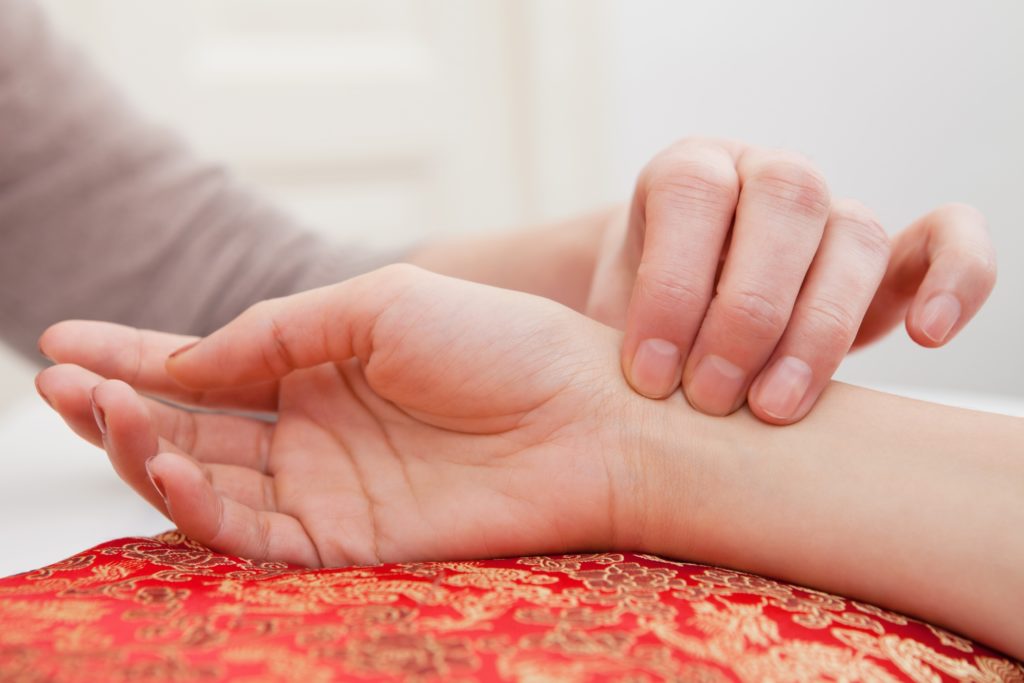
In hospitals throughout China, doctors have reported positive results using Chinese medicine on an case by case basis alongside antiviral drugs.
It’s a combination that’s been reported to reduce the severity of symptoms and mortality rate
Chinese medicine has become so useful that entire hospitals are being run by Chinese medicine doctors.
Famous Chinese doctors including Tong Xiaolin, Huang Luqi and Zhang Boli have provided their expertise in the regions most devastated by COVID-19.
They’ve spent days in quarantined blocks checking patients’ pulses through protective suits, examining the patient’s condition.
They have been updating herbal prescriptions in different stages of the disease.
A great example of the effect of Chinese medicine was seen in a public hospital in Guangzhou.
All 58 COVID-19 patients recovered and no medical staff were infected.
In Shanghai, it was reported that patients on a combined treatment of Chinese medicine and antivirals have taken seven to eight days to test negative for COVID-19.
Without Chinese medicine it was reported to take more than 10 days to test negative.
Research On Chinese Medicine

Such trials include controlled trials on antiviral drugs and Chinese medicines that have been used with success in past epidemics.
Up to 15 trials are expected to include over 2,000 patients on a variety of Chinese medicines.
In one trial, a formula called Shuang Huang Lian wan, commonly used in bronchial asthma is being put under the microscope.
In other news, renowned Chinese respiratory specialist Zhong Nanshan said the herbal prescription called “Pneumonia No. 1” had been effective in the treatment of COVID-19 patients in the province
Dr Zhong, said researchers have also been testing commonly used formulas, such as Liu Shen Wan and Lian Hua Qing Wen.
The trials are designed to find out whether they can kill the virus, reduce the virus’ access to the cell and lower the incidence of a cytokine storm (severe inflammation).
“Trials may provide evidence for Chinese medicine during early and middle stages of the COVID-19”, he said
In other promising news, Yang Zifeng, a professor with the Guangzhou Institute of Respiratory Health, said in vitro experiments on 54 existing Chinese medicines, found five Chinese medicines that may inhibit COVID-19.
New Technology & Chinese medicines
Chinese scientists armed with cutting-edge technology are also using it to research Chinese medicine to fight COVID-19.
Researchers fired up Shanghai’s Synchrotron Radiation Facility, one of the most expensive and advanced light sources in the world.
Such a facility allows them to study the virus’ real-life structure for possible clues of an effective treatment .
Also, just days after the release of the COVID-19 genome sequence, a research team with the Chinese Academy of Sciences in Shanghai generated a list of 12 Chinese herbs that could theoretically suppress the virus.
They did this by simulating how different Chinese medicines would interact with the viral strain on a computer.
Chinese Medicine Doubles The Survival Rate In Mice
Past research on Chinese medicines may provide answers to how they could be used against COVID-19.
A study by Zhang Chenyu, a Nanjing University professor, solved part of the puzzle.
In a paper published in the journal Cell Research in 2014, Zhang found Jin Yin Hua (honeysuckle) could successfully eliminate influenza A virus in mice.
It was shown that Jin Yin Hua contains tiny molecules of genetic material known as micro ribonucleic acid that can bind with the viral strain and slow down its duplication in our genes.
Before this research, it was believed that genetic materials were fragile and easily destroyed in the environment.
In spite of this, Zhang’s study discovered that small plant genes could remain intact after they were boiled as required when preparing Chinese herbal medicine.
Researchers found the effects tended to concentrate in a mouse’s lungs.
Finally, the treatment was shown to more than doubled the mice’s survival rate according to the experiment.
Preventative Effect In SARS & H1N1
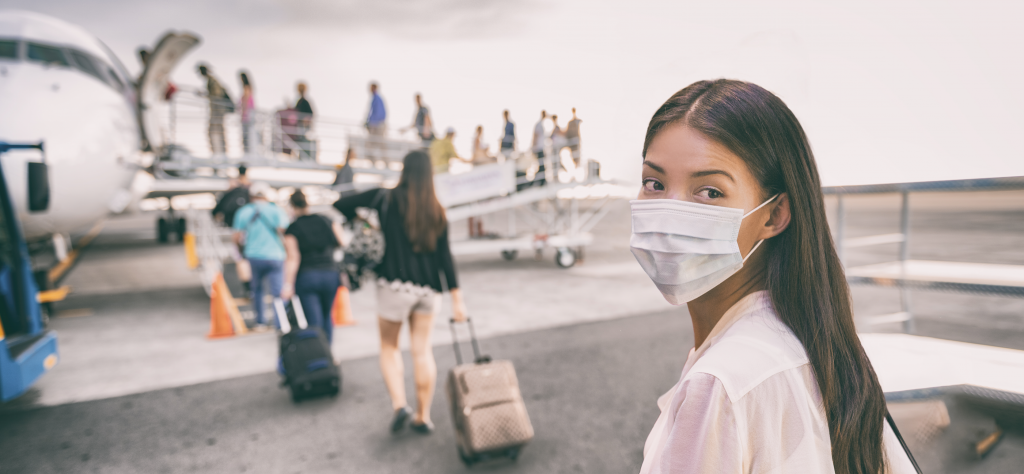
Based on historical records and human evidence of SARS and H1N1 influenza prevention, Chinese medicine has shown a preventative approach in high-risk populations.
Data from clinical trials and other population studies using Chinese medicine for preventing contagious respiratory viral diseases has shown beneficial results.
So far, 3 studies using Chinese medicine for the prevention of SARS and 4 studies for H1N1 influenza have been completed.
None of the participants who took the Chinese medicines in the SARS studies contracted SARS in all 3 studies.
In H1N1 trials, according to reports the research showed the infection rate of H1N1 influenza in the Chinese medicine group was significantly lower than the non Chinese medicine group.
The outcomes in these reports were followed by the implementation of a prevention program using Chinese medicines for COVID-19 across 23 provinces throughout China.
The Absence of TCM is costly
Two thirds of patient’s weren’t initially prescribed Chinese medicine at the beginning of the outbreak in Wuhan.
“The absence of Chinese medicine has already affected the outcome of efforts to save and cure people,” one report said.
The high volumes of patients put pressure on medical staff and the lack of Chinese medicine for patients who initially had mild symptoms may have made the situation worse in Wuhan.
This prompted the Chinese government’s virus response task force to send an urgent notice to hospitals trying to containing the epidemic in Wuhan.
The task force gave them 24 hours to ensure Chinese medicines were available for all confirmed and suspected patients with COVID-19.
An agreement was made among medical experts that Chinese medicine should play an important role in the fight against the coronavirus.
In contrast, Guangdong and Zhejiang provinces had some of the highest numbers of infected patients, however over 90% were given Chinese medicine to fight off the virus and relieve symptoms.
By Friday, Guangdong had reported a mortality of just 0.1 per cent of infected people.
This compares to Wuhan’s rate of 2.6 per cent and none of the 1,155 confirmed patients in Guangdong died.
Examples of Treatment
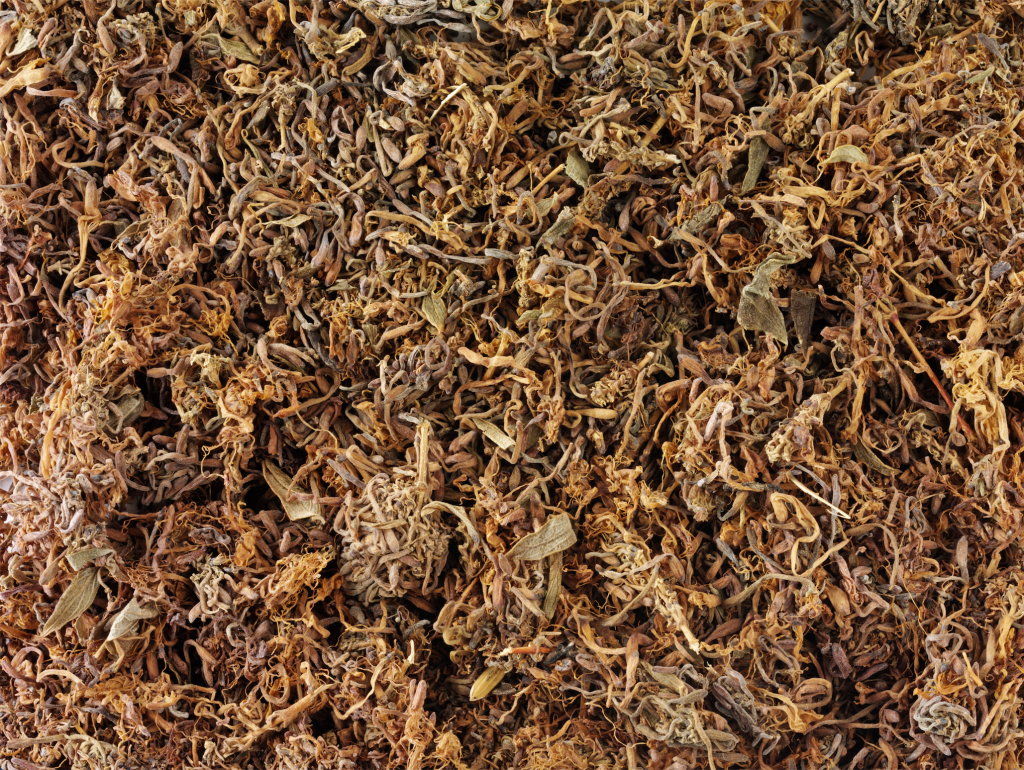
Important: The following is not medical advice and should not replace recommendations by your primary health care provider. These formulas are not to be used in place of Western medicine rather integrated into a combined treatment approach. Patients are advised not to self diagnose but to consult with a licensed medical practitioner.
Firstly, You should be wary of anyone telling you about a one size fits all treatment for COVID-19, because the truth is there isn’t any.
Yes, Chinese medicine has been used with success against COVID-19 in China.
However ,it’s important that Chinese medicine is prescribed on a case by case bases.
Patients differ in regard to immune function, stage of disease and location of the virus
This is why Chinese medicine should be prescribed in the presence of a Chinese medicine doctor.
If seeing a doctor in person isn’t possible, generally speaking, a broad spectrum formula that protects the lung, may be prescribed at distance by the doctor.
For example
- Sang Ju Yin 33%
- Qing Fei Tang 33%
- Hou Po Xiao Ling Tang 33%
- + Yu Ping Feng San (if patient has weak immune function)
The above formula is based on supporting the immune system and protecting the lungs.
Chinese Medicine On The Front Line
Over the past few months, Chinese medicine has been used to reduce fever and cough, limit progression, and increase immunity.
The following are a list of examples used by doctors on the front line of COVID-19 at Hubei provincial hospital of traditional Chinese medicine.
I again stress the following are example only. Do not consider using any of these examples without consulting a Chinese medicine practitioner and your Doctor.
Preventative Phase
The following formula has been used for general preventative measures.
- Huang Qi 15g
- Bai Zhu 10g
- Fang Feng 10g
- Mian Ma Guan Zhong 10g
- Jin Yin Hua 10g
- Chen Pi 6g
- Pei Lan 10g
Influenza Type 1 Example
Patient presents with a low-grade fever, aversion to cold, chills, headache, tickle in the throat, muscle aches, without sweating.
Exam: Lung CT negative.
Chinese diagnosis: Wind-Cold Invading the Exterior
Treatment: Release Exterior Pathogenic factor
Formula: Ge Gen Tang or Chai Ge Jie Ji Tang
- Ge Gen 15g
- Ma Huang 10g
- Gui Zhi 6g
- Bai Shao 15g
- Sheng Jiang 10g
- Gan Cao 10g
- Da Zao 10g
- Jin Yin Hua 20g
Influenza Type 2 Example
Patient presents with fever, aversion to cold, sore and dry throat, dry cough, scanty sputum, sore and painful muscles in the limbs, weakness, headache.
Exam: CT scan show scattered ground-glass opacity (GGO) of the lung. Thin white or yellow tongue coating. .
Diagnosis: Toxic Heat Attacking the Lung.
Treatment: Release the Exterior; Clear Heat
Formula: Yin Qiao San and Qing Wen Bai Du San
- Jin Yin Hua 10g
- Lian Qiao 10g
- Jing Jie 10g
- Niu Bang 10g
- Bo He 10g
- Gan Cao 10g
- Dan Zhu Ye 10g
- Lu Gen 15g
- Huang Lian 6g
Influenza Type 3 Example
Patient presents with aversion to cold, with or without fever, dry cough, dry throat, fatigue, weakness, chest stuffiness, epigastric distention, nausea, diarrhoea. Pale tongue, white greasy coating
Diagnosis: Damp Cold in the Lung
Treatment: Release the Exterior, clear damp Cold.
Formula:
- Cang Zhu 15g
- Chen Pi 10g
- Hou Po 10g
- Huo Xiang 10g
- Cao Guo 6g
- Ma Huang 6g
- Qiang Huo 10g
- Sheng Jiang 10g
- Bing Lang 10g
Pneumonia Type 1 Example
Patients presents with fever worse in the afternoon, alternate chills and fever, cough, no wheezing, bitter taste in the mouth, dry mouth, chest stuffiness, stifling sensation, chest and hypochondriac fullness and distention, irritability, nausea or vomiting, no appetite, weakness.
Exam: CT shows lungs have multiple scattered or large pieces of ground-glass opacity (GGO). Slightly red tongue, thick and greasy, white or yellow coating
Diagnosis: Shaoyang Syndrome with Damp
Treatment: Release pathogenic factor from mid level, Clear Damp-Heat
Formula: Xiao Chai Hu Tang & San Ren Tang or Gan Lu Xiao Du Dan
- Chai Hu 24g
- Huang Qin 9g
- Sheng Jiang 10g
- Fa Ban Xia 12g
- Ku Xing Ren 15g
- Bai Dou Kou 10g
- Yi Yi Ren 30g
- Dan Zhu Ye 15g
- Hua Shi 15g
- Tu Fu Ling 30g
- Gan Cao 10g
Pneumonia Type 2 Example
Patient presents with low-grade fever or without fever, dry cough, scanty sputum, dry and sore throat, fatigue, weakness, poor appetite, chest stuffiness, epigastric distention, nausea or vomiting, loose stool.
Exam: CT reveals both lungs to have multiple scattered or large pieces of ground-glass opacity.
Diagnosis: Damp Heat Afflicting the Lung
Treatment: Clear fluid distension, open the Lungs and clear pathogen
Formula: Ma Xing Yi Gan Tang, Xiao Xian Xiong Tang & Cao Guo Zhi Mu Tang
- Ma Huang 10g
- Ku Xing Ren 10g
- Yi Yi Ren 30g
- Huang Lian 6g
- Fa Ban Xia 10g
- Gua Lou Pi 10g
- Cao Guo 10g
- Zhi Mu 10g
- Yu Xing Cao 15g
- Gan Cao 10g
- Bai Dou Kou 9g
Pneumonia Type 3 Example
Patient presents with cough, stifling sensation, stuffiness and distention in the chest, asthma and wheezing that worsens with exertion, accelerated respiration, thirst, irritability, reddish yellow urine.
Exam: CT shoes both lungs to have multiple scattered or large pieces of ground-glass opacity . Fibrotic changes of the lung visible.
Diagnosis: Toxic stagnation Obstructing the Lung
Treatment: stop wheezing; transform blood stasis
Formula: Bai Hu Jia Ren Shen Tang with Si Tu Tang
- Shi Gao 30g
- Zhi Mu 10g
- Shan Yao 15g
- Xi Yang Shen 5g
- Tu Fu Ling 30g
- Tu Niu Xi 10g
- Su Mu 10g
- Tu Bie Chong 10g
- Ju Luo 15g
- Lai Fu Zi 20g
- Tu Da Huang 10g
- Tu Bei Mu 10g
- Ting Li Zi 15g
- Si Gua Luo 30g
Pneumonia Type 4 Example
Patient presents with mental incoherence, irritability, burning or heat sensation in the chest and abdomen.
Cold extremities accompanied by fast respiration and need for assisted breathing. Purple tongue, dry yellow or yellowish brown coating.
Diagnosis: Closed Interior and Abandoned Exterior Syndrome
Treatment: Open the Closed, Consolidate the Abandoned, Detoxify, Rescue Reversal
Formula: Si Ni Jia Ren Shen Tang
- Ren Shen 10g
- Fu Zi 10g
- An Gong Niu Huang Wan
- Zi Xue San
Recovery Phase Example
Patient has absence of fever, dry cough, chest stuffiness, shortness of breath, shortness of breath upon exertion, dry mouth, weakness.
Exam: CT scan shows inflammation as well as pulmonary interstitial changes has subsided, a pale red tongue, thick or greasy coating.
Treatment: Tonify Qi, Nourish Yin, strengthen the Lung
Formula: Sha Shen Mai Dong Tang
- Sha Shen 15g
- Mai Dong 15g
- Wu Wei Zi 15g
- Ren Shen 12g
- Lai Fu Zi 15g
- Si Gua Luo 15g
- Ju Luo 15g
- Zi Su Zi 12g
- Zhe Bei Mu 12g
- Ku Xing Ren 12g
- Huang Qin 15g
- Gan Cao 10g
Summary
The easiest thing we can all do right now is to play our part in limiting the spread.
For instance self isolation, regularly washing our hands with soap and water and covering our mouth when coughing or sneezing.
Ensuring fresh air and good ventilation in our living environment is also important.
It’s also important to keep our emotions in check, avoid panic, get plenty of sleep and eat nutritious food.
Ensure any underlying medical conditions are under control including heart disease, high blood pressure diabetes and obesity
Finally, adopting a combined treatment plan of Chinese medicine and western medicine has proven beneficial and should not be absent.

David is a registered Chinese medicine practitioner in Melbourne and has written a number of eBooks including The Pocketbook guide to Chinese medicine.
For more content, connect with David on Facebook and Instagram
If you got value from this article, please comment below.
Sharing is caring!

